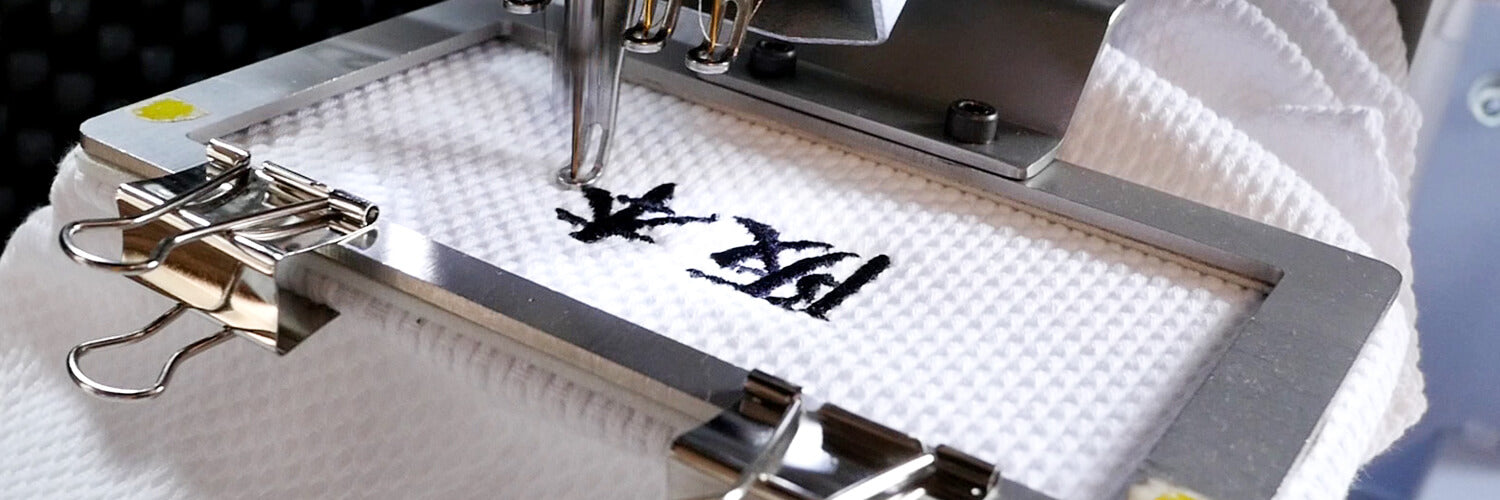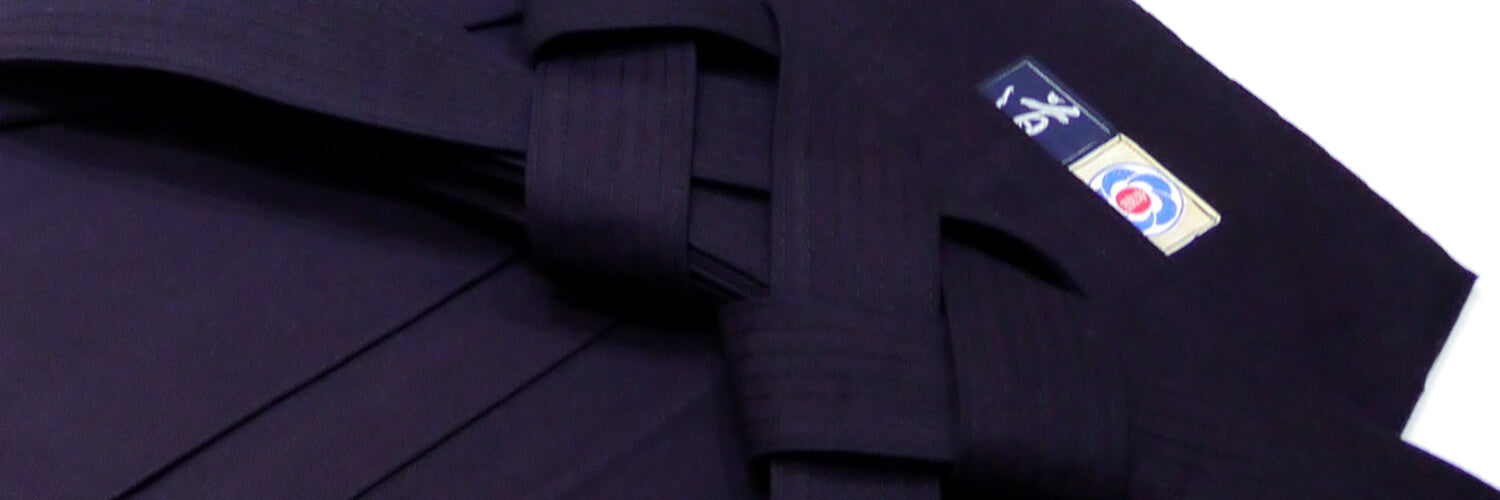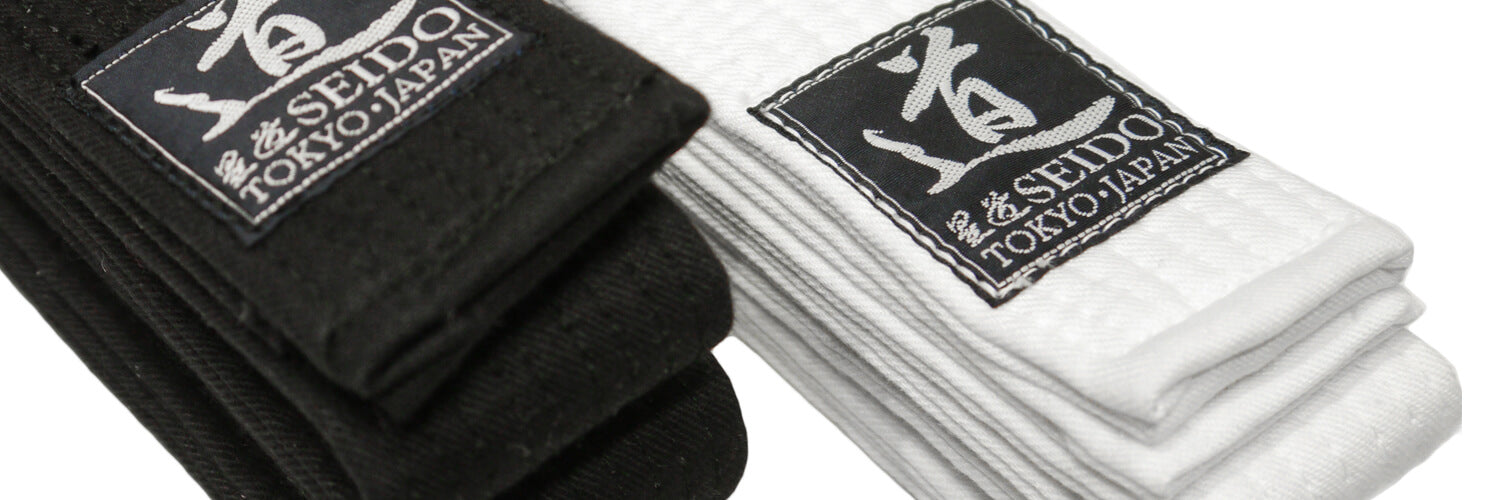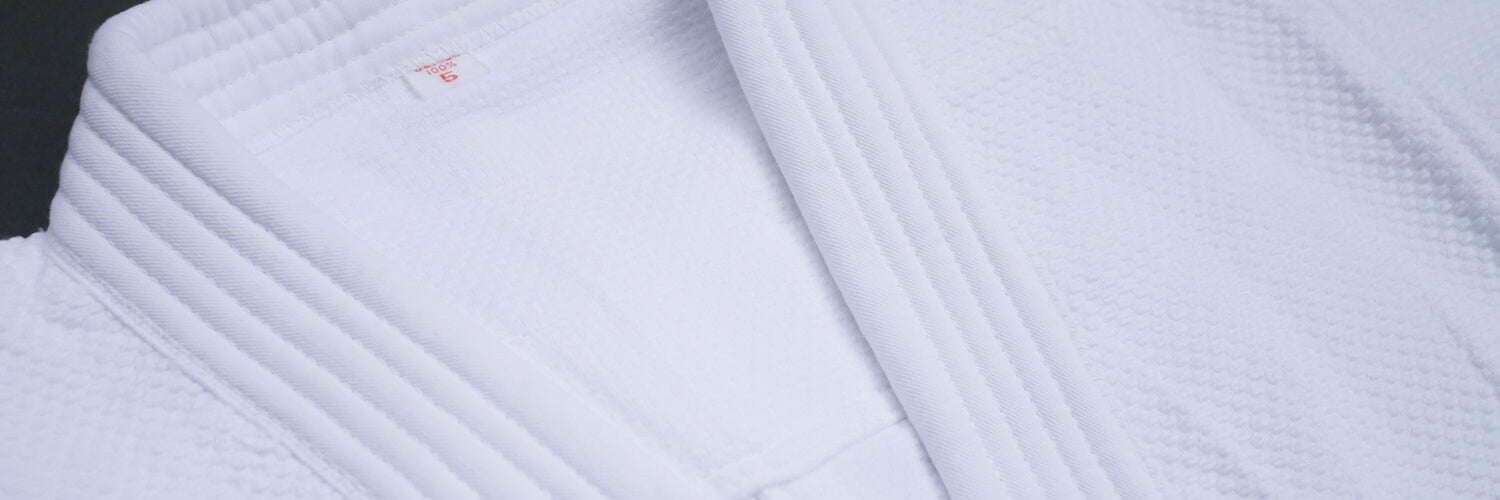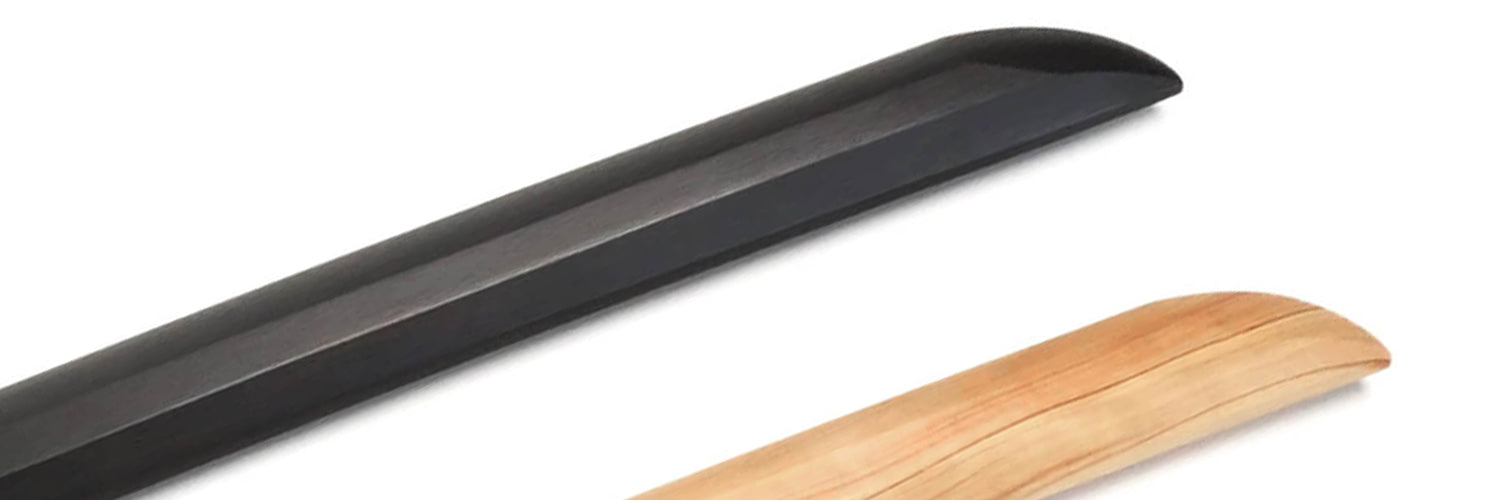
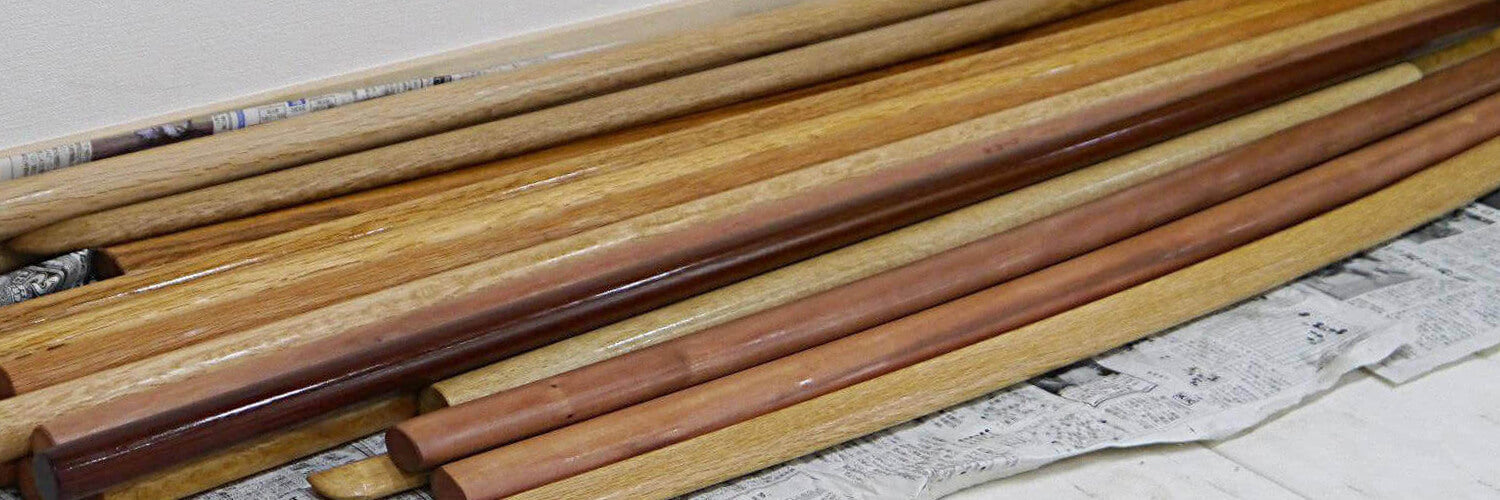
Proper maintenance and correct storage of wooden weapons is crucial for two reasons. The first and most important one: security. The second, no less important for the practitioner, is to prevent the weapon from deterioration and warping over time. It is also possible to "repair" a bent weapon to some extent. In this article, we will also talk about our quality standards and processes. You will find all the information you need in this article to take care of your Bokken, Jo, Tanto and other weapons.
